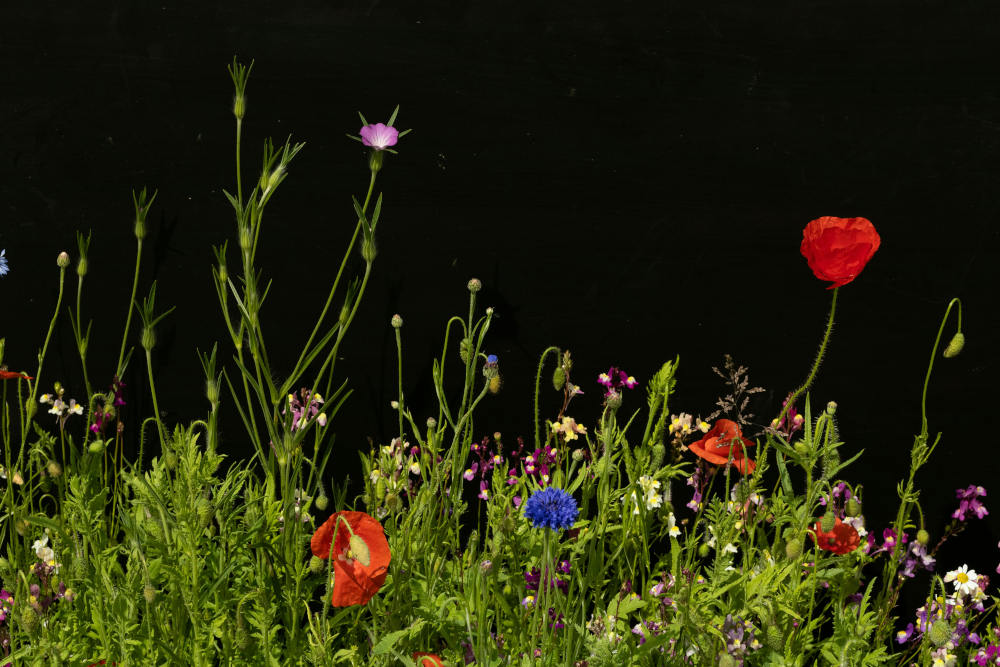
In recent years, there’s been a growing interest in returning to nature—gathering wild plants, herbs, and mushrooms for food, medicine, or self-sufficiency. Two terms often used in this context are wildcrafting and foraging. While they’re sometimes used interchangeably, they have distinct meanings, histories, and philosophies behind them. Understanding the difference is not just about semantics; it's about ethics, intention, sustainability, and your relationship with the natural world.
This article breaks down the key differences between wildcrafting and foraging, explores the cultural and environmental significance of both, and offers practical tips for anyone wanting to engage in either practice responsibly.
Panaprium is independent and reader supported. If you buy something through our link, we may earn a commission. If you can, please support us on a monthly basis. It takes less than a minute to set up, and you will be making a big impact every single month. Thank you!
What Is Foraging?
Foraging simply refers to the act of searching for and collecting wild foods and natural resources. This includes edible plants, fruits, nuts, seeds, mushrooms, seaweed, and even small animals or shellfish in some traditions.
Historically, foraging has been part of human survival for tens of thousands of years. Long before agriculture, humans lived as hunter-gatherers, depending on foraged foods for their entire diet.
Today, foraging has become popular again, especially among people interested in natural living, sustainability, survival skills, or gourmet cooking. Wild greens like dandelion, chickweed, and nettle are now common in both backyard gardens and high-end restaurants.
Key Traits of Foraging:
-
Focuses mainly on food.
-
Often recreational or subsistence-based.
-
Little to no spiritual or ritual component.
-
Can be opportunistic—taking what’s available.
-
May be disconnected from ecological impact if not done mindfully.
What Is Wildcrafting?
Wildcrafting is a more intentional, often spiritual or medicinal form of harvesting wild plants. It involves collecting herbs, roots, barks, and other plant materials specifically for their healing properties, ceremonial use, or preparation into remedies like tinctures, teas, salves, or powders.
Wildcrafting often involves:
-
Deep knowledge of plant medicine.
-
Seasonal awareness and plant lifecycles.
-
Honoring traditional knowledge, often Indigenous or ancestral.
-
A strong ethical focus on sustainability and stewardship.
While foraging is about food, wildcrafting is about connection and healing—with the Earth, your ancestors, and the plants themselves.
Key Traits of Wildcrafting:
-
Focuses on medicinal, spiritual, or ceremonial use.
-
Often guided by traditional or Indigenous practices.
-
Emphasizes sustainability and reciprocity.
-
Includes ritual, offering, or prayer in the harvesting process.
-
Prioritizes the health of the ecosystem.
Philosophical Differences: Intent and Relationship
The biggest difference between foraging and wildcrafting is intent.
A forager might go out looking for edible plants simply because they’re hungry or curious. A wildcrafter, on the other hand, approaches with the mindset of stewardship. They may ask permission from the plant spirit, offer thanks, or leave a gift behind—like water, tobacco, or a strand of hair.
Foraging is often practical and physical. Wildcrafting is more spiritual and relational.
That doesn’t mean all foraging is careless or all wildcrafting is mystical. There’s a spectrum. But in general, wildcrafting involves a deeper sense of purpose, awareness, and reverence for nature.
Ethical and Environmental Considerations
One of the most important aspects of both wildcrafting and foraging is doing it ethically. As interest in these practices grows, so does the risk of overharvesting, habitat destruction, and cultural appropriation.
Sustainability in Foraging:
-
Only take what you need.
-
Avoid rare or endangered species.
-
Learn plant ID to avoid mistakes.
-
Harvest in a way that allows the plant to regrow.
-
Know local laws and land permissions.
Sustainability in Wildcrafting:
-
Harvest no more than 10% of a population.
-
Never take the root if the plant can regenerate from above-ground parts.
-
Cultivate plants at home to reduce wild pressure.
-
Avoid commercial harvesting unless certified.
-
Follow “leave no trace” principles.
Cultural Responsibility:
Many wildcrafting practices come from Indigenous knowledge systems. Using this knowledge without understanding or acknowledging its origins can be disrespectful. Learning from legitimate teachers, giving credit to cultural sources, and honoring the traditions you borrow from is part of ethical wildcrafting.
Legal Issues and Land Access
Where you harvest matters. Not all land is fair game, and laws vary depending on your location.
-
Public lands: Some national forests and state parks allow limited personal harvesting with a permit. Others ban it entirely.
-
Private lands: You must get permission from the landowner.
-
Protected species: It’s illegal to harvest endangered plants or those listed under conservation acts.
-
Urban spaces: Be cautious about pollution and pesticides in roadside or city foraging spots.
Always check with local land agencies or conservation organizations before harvesting.
Health and Safety Tips
Both wildcrafting and foraging involve risk if you’re not trained or careful.
Tips for Beginners:
-
Use multiple plant ID sources (books, apps, classes).
-
Learn lookalikes—some plants are toxic.
-
Never eat or use a plant unless you’re 100% sure.
-
Don’t harvest near polluted areas (roadsides, industrial zones).
-
Watch for allergies or reactions to new herbs.
-
Learn safe preparation methods (some plants must be dried, cooked, or fermented to be safe).
For wildcrafting especially, working with a qualified herbalist or ethnobotanist can be invaluable.
Tools and Gear
You don’t need much to start, but a few tools can help:
-
Field guidebooks specific to your region.
-
Harvesting tools: scissors, knife, trowel.
-
Baskets or cloth bags: avoid plastic (it wilts plants).
-
Notebook or plant journal to track locations, conditions, and uses.
-
App or GPS: helps record sustainable harvest spots without overuse.
In wildcrafting, you might also carry offerings like cornmeal, tobacco, or crystals to leave behind.
How to Start Foraging or Wildcrafting
-
Start small. Learn a few easy-to-identify plants like dandelion, yarrow, or plantain.
-
Take a class. Many herbalists or foraging experts offer workshops or guided walks.
-
Observe first. Spend time learning the ecosystem before you pick anything.
-
Build relationships. Think of wild plants as allies, not commodities.
-
Document your process. Learn from mistakes, note seasonal changes, and reflect on your experience.
When They Overlap
In reality, there’s a lot of overlap between foraging and wildcrafting. You might go out looking for wild berries to eat (foraging), but also gather elderflowers to make a cold remedy (wildcrafting). The two practices blend, especially as your relationship with nature deepens.
Many people start as foragers and gradually become wildcrafters as they learn more about plant medicine, ecology, and traditional practices.
Final Thoughts: A Return to Sacred Gathering
Whether you’re wildcrafting or foraging, the core principle is respect—for the land, the plants, the traditions, and yourself.
In a world that often treats nature as a resource to exploit, these practices invite a return to balance. They remind us that we’re not separate from the Earth but a part of it. Every plant picked is an invitation to reconnect—with food, with healing, with ancestors, and with the living world around us.
Choose your path with care, walk it with humility, and always harvest with gratitude.
Sources:
-
Buhner, Stephen Harrod. The Lost Language of Plants. Chelsea Green Publishing.
-
Kimmerer, Robin Wall. Braiding Sweetgrass. Milkweed Editions.
-
Moerman, Daniel E. Native American Ethnobotany. Timber Press.
-
United Plant Savers: https://unitedplantsavers.org/
-
American Herbalists Guild: https://www.americanherbalistsguild.com/
-
National Forest Service Foraging Guidelines (region-specific)
Was this article helpful to you? Please tell us what you liked or didn't like in the comments below.
About the Author: Alex Assoune
What We're Up Against
Multinational corporations overproducing cheap products in the poorest countries.
Huge factories with sweatshop-like conditions underpaying workers.
Media conglomerates promoting unethical, unsustainable products.
Bad actors encouraging overconsumption through oblivious behavior.
- - - -
Thankfully, we've got our supporters, including you.
Panaprium is funded by readers like you who want to join us in our mission to make the world entirely sustainable.
If you can, please support us on a monthly basis. It takes less than a minute to set up, and you will be making a big impact every single month. Thank you.


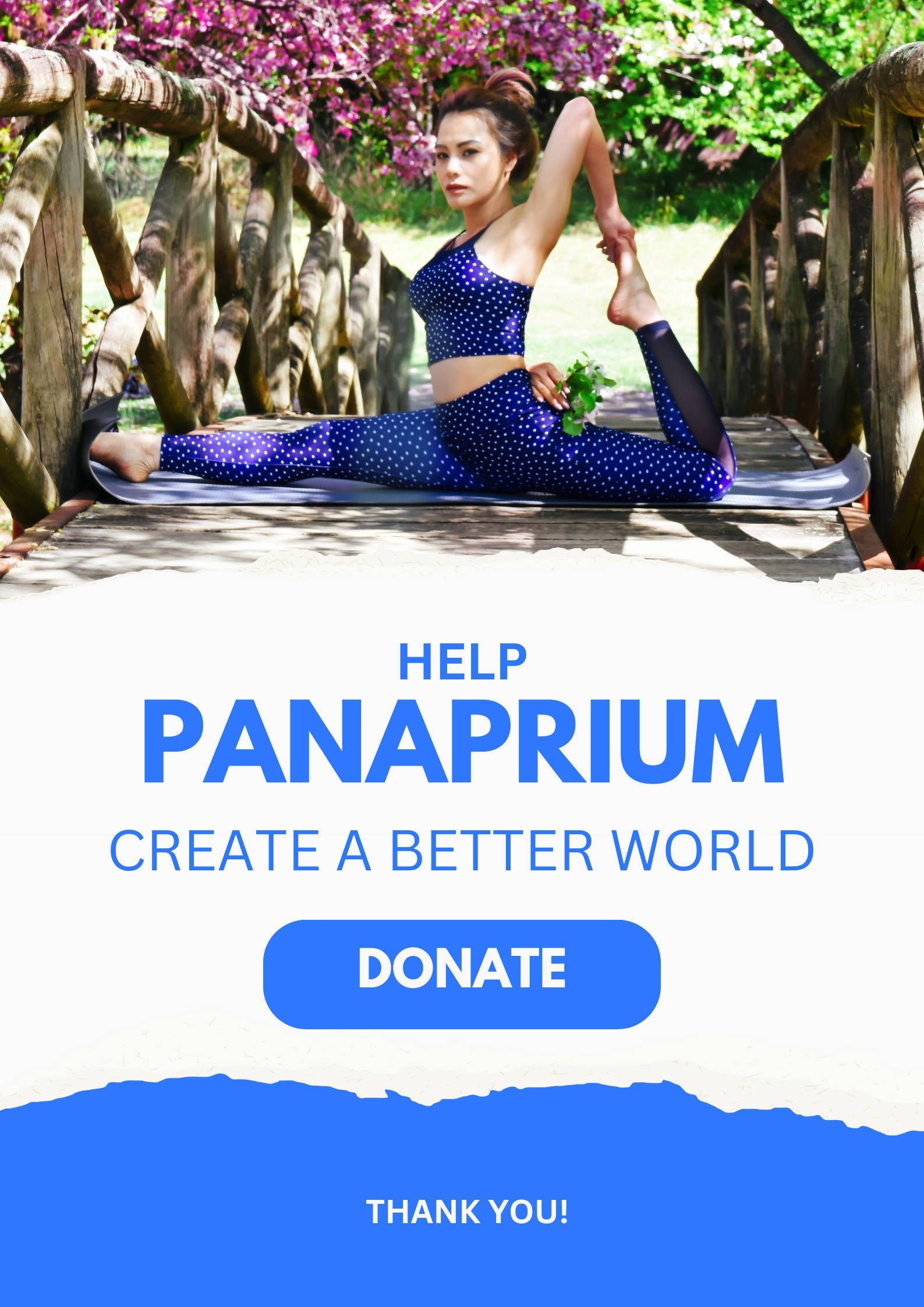












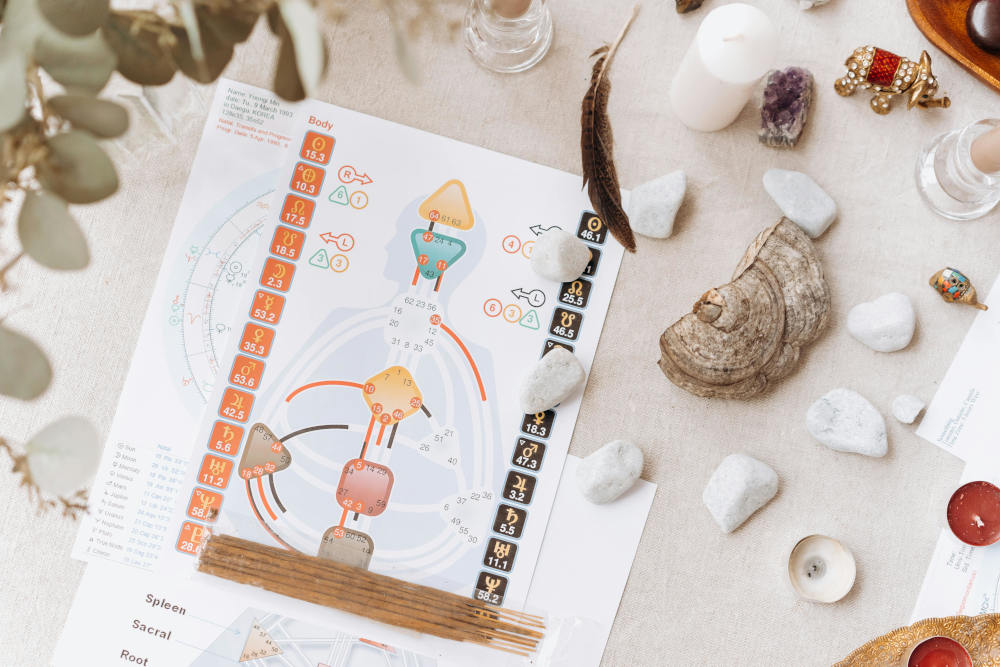













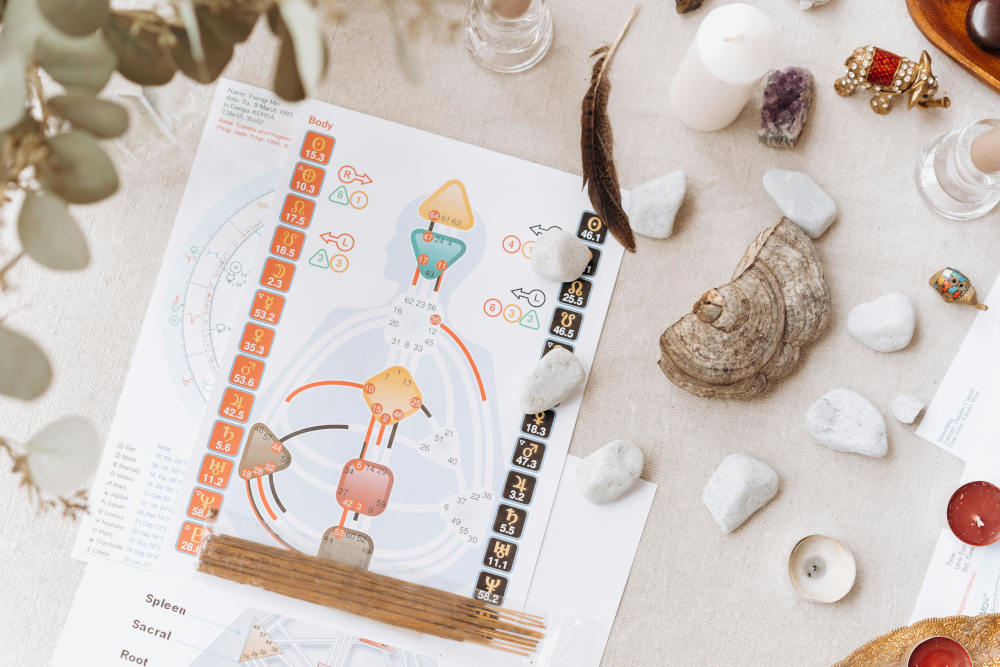

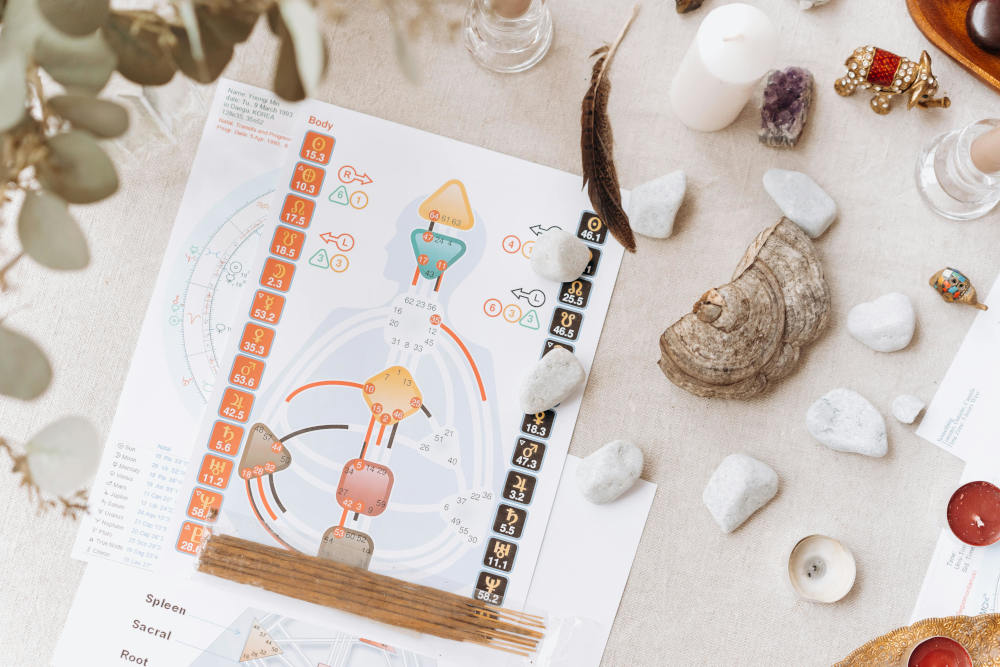






0 comments